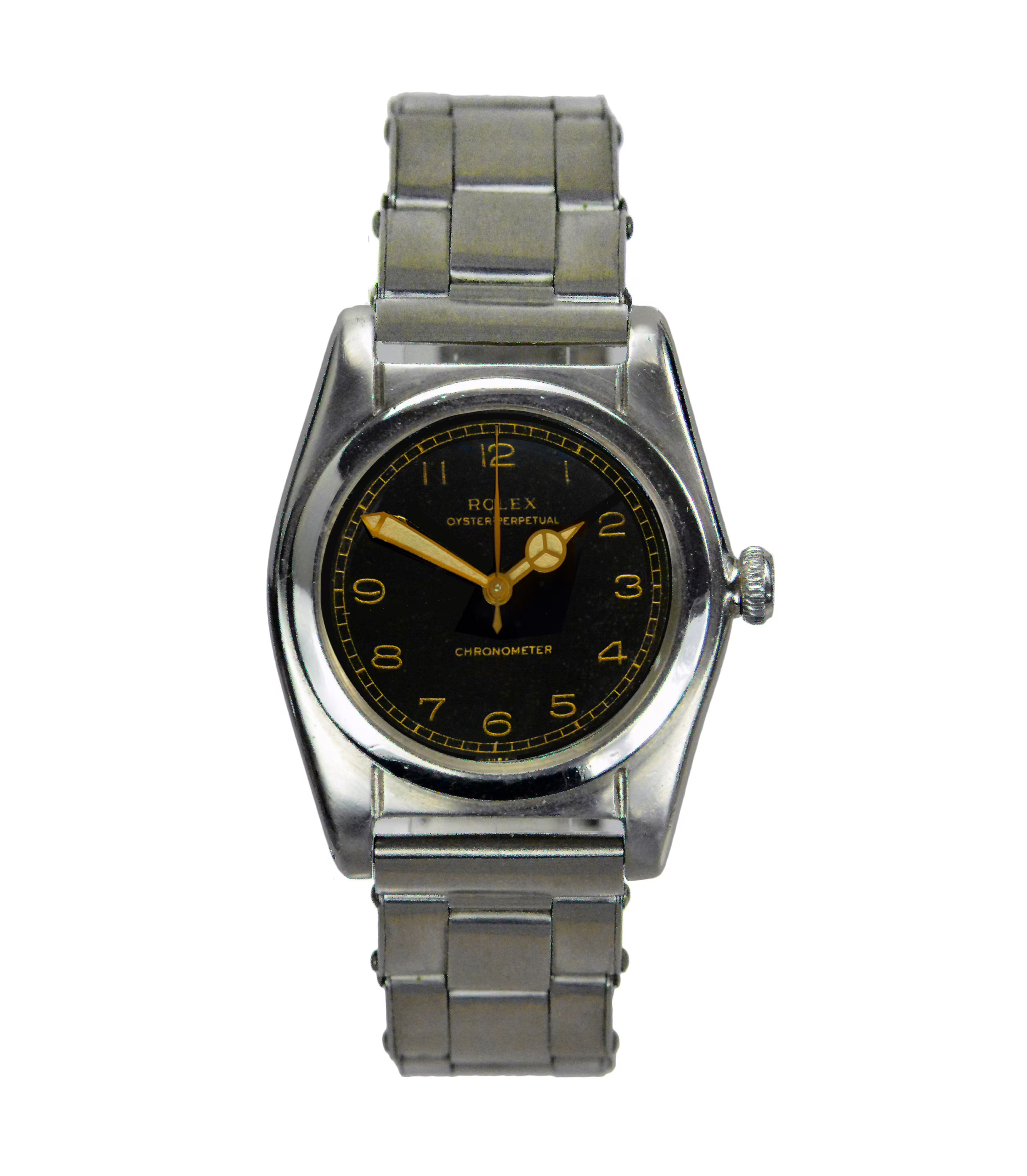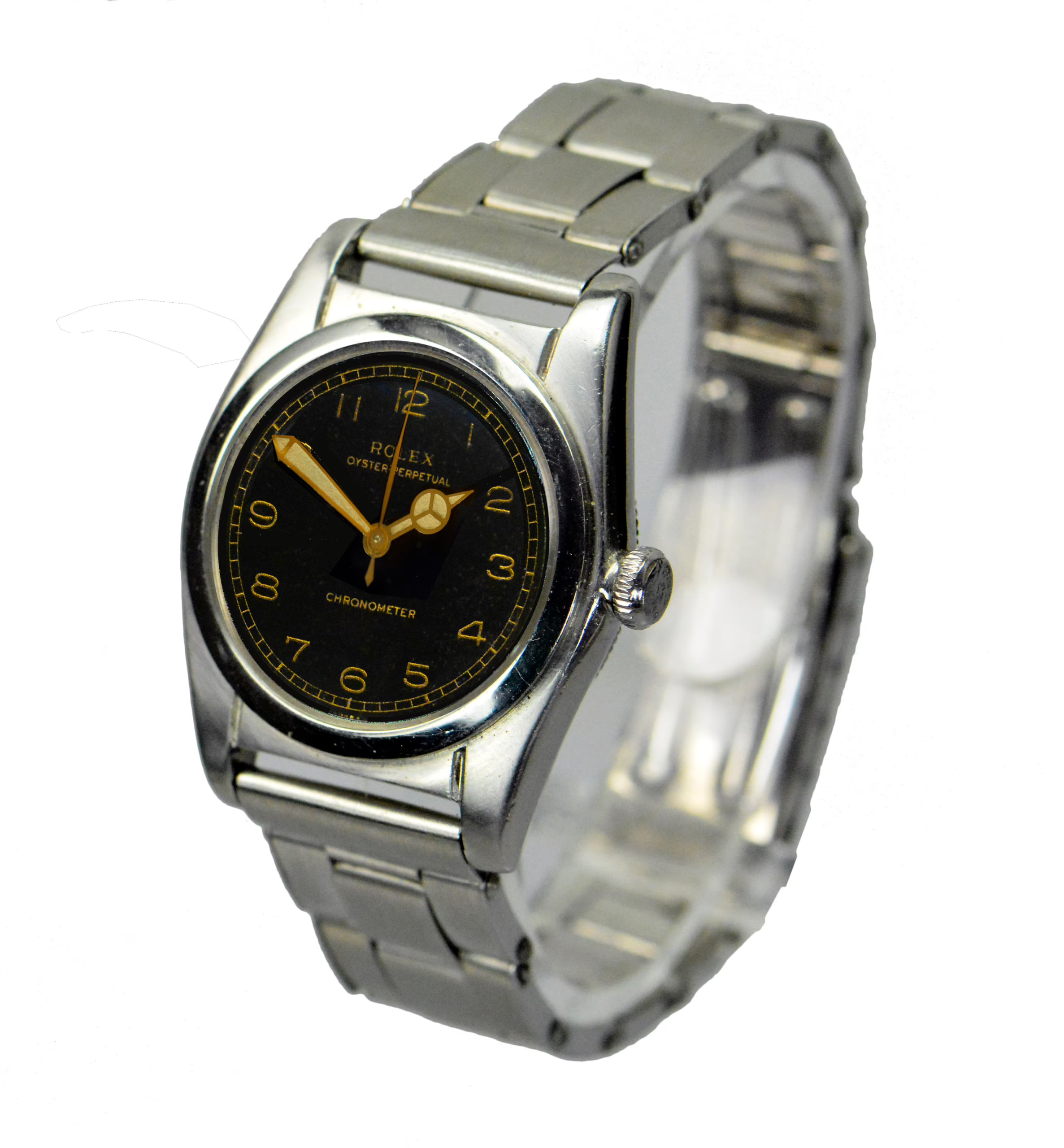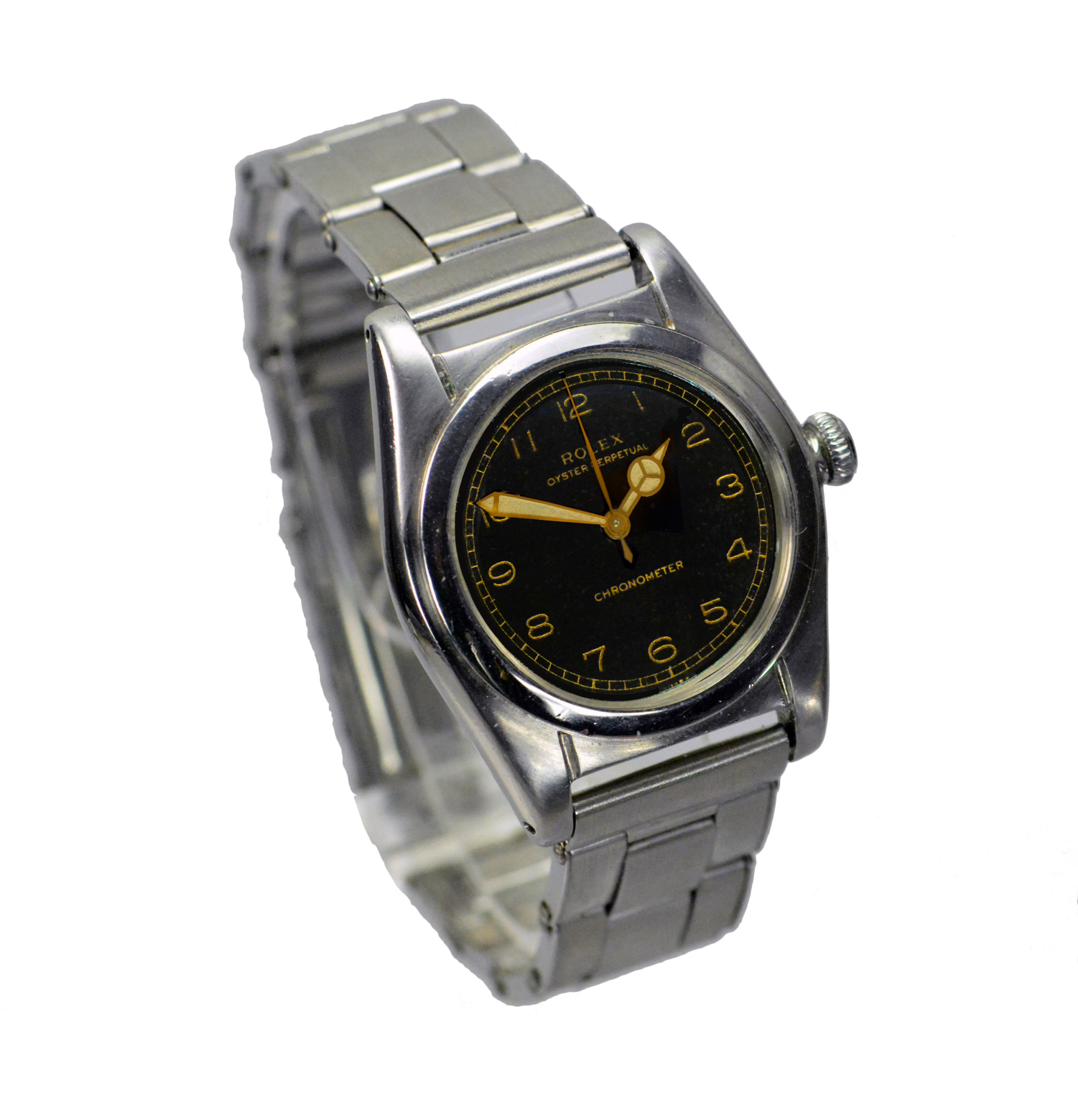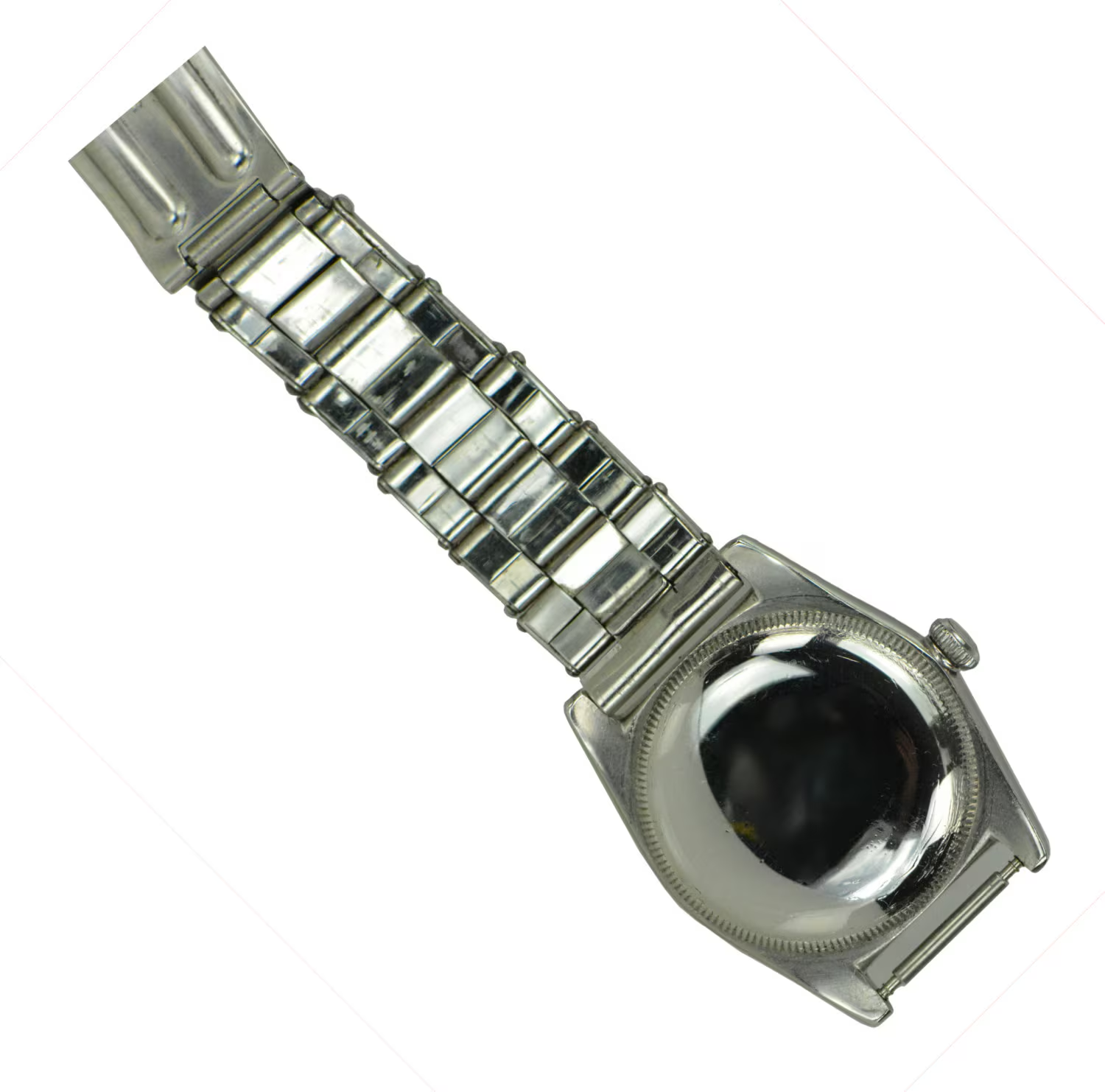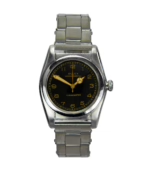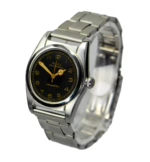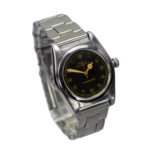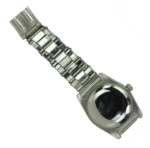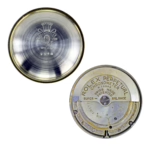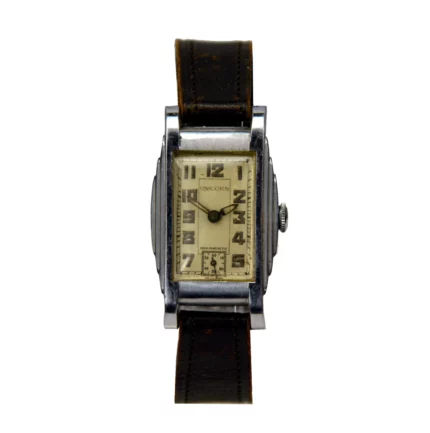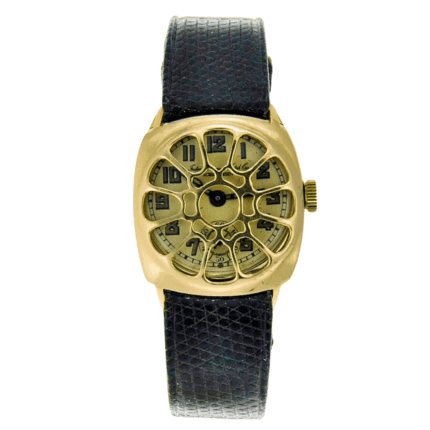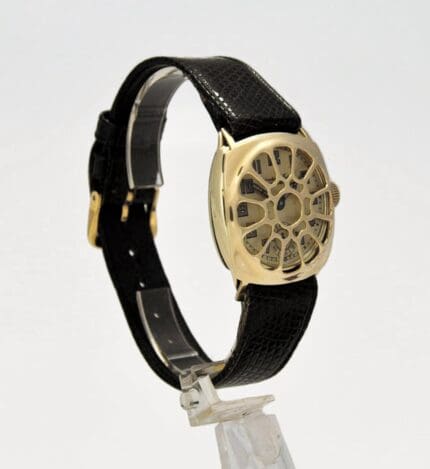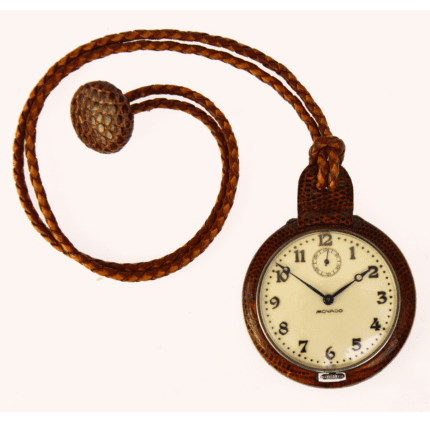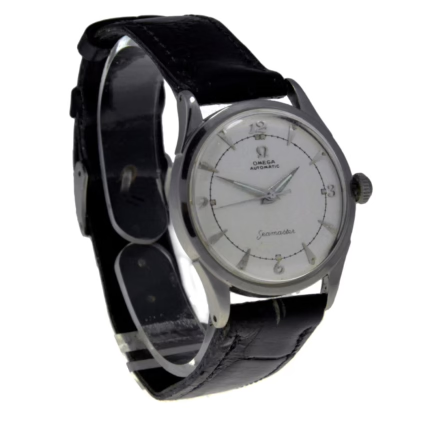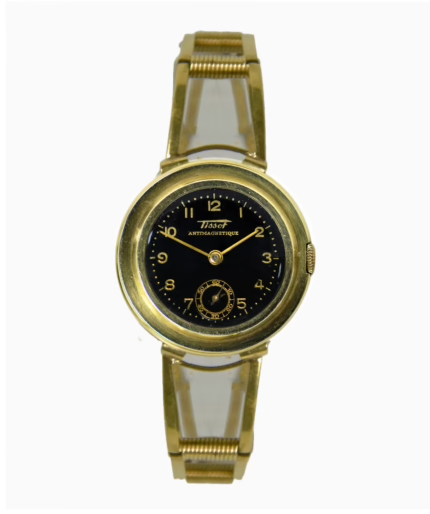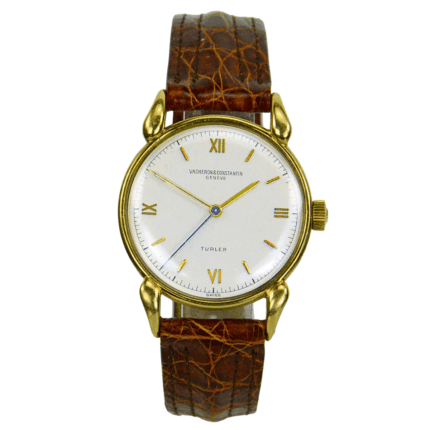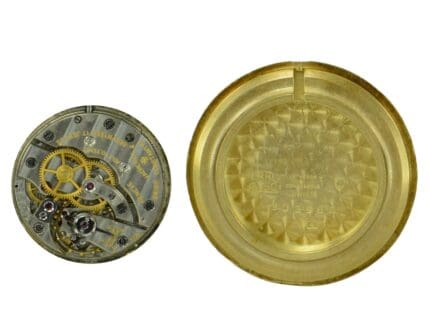Beautiful and Iconic ** Vintage Rolex Oyster “Bubbleback” Chronometer Wristwatch Ref. 2940, Switzerland 1940s **
With its exquisite black dial, gold baton hands and iconic Oyster case plus riveted Oyster bracelet, this beautiful triple-signed bubble back is a prime example of one of Rolex’s greatest contributions to the Art of watchmaking… the world’s first practical self-winding wristwatch, patented 14 January 1932.
Universally referred to by collectors today as “the Bubbleback” for it’s voluptuously rounded case back, it’s this particular model which forevermore established Rolex as the a market leader for sports wristwatches!
- Dimensions: 32 mm (excluding the winding crown) x 39 mm (lug to lug)
- Case: Fully signed Rolex, with Rolex trademarks and crown, Rolex Serial N° imprinted between the case-lugs
- Bracelet: Unsigned, imprinted “Stainless Steel”
- Movement: Fully signed Rolex 10 ½”’ Self-Winding NA Calibre
- Crown Signed: ROLEX OYSTER surrounding the Swiss-Cross emblem
- Condition: Excellent. Fully serviced by our Master Swiss watchmaker
Shipping Worldwide via Courrier Service. Duty-Free Shipping within Europe.
Payment: If you prefer to pay by bank transfer or lay-away, please send us a message. Likewise, if check-out proves unable to process your credit card.
Rolex Watch Company
Rolex was founded in London, in 1905, by the 24-year-old Wilsdorf, a German who became a British citizen after taking an English bride. It was an era where national borders tended to define men’s ambitions, but Wilsdorf thought big from the beginning. In 1908, before anyone had uttered the term multinational, Wilsdorf trademarked the word Rolex, a name that’s easily pronounced in different languages and short enough to fit on a watch dial. It’s said that Wilsdorf dreamed up the word while riding a London bus, having been inspired by the sound a watch makes as it is wound.
Initially the company was named Wilsdorf & Davis, as Wilsdorf created the company together with his brother-in-law. Rolex didn’t leave England until after the First World War, when an import tax hike of 33 percent made receiving its Swiss-made movements prohibitively expensive.
The company’s first decade was driven by its founder’s relentless obsession with precision. Wilsdorf wasn’t content merely to invent the first wristwatch. He wanted to invent the first truly accurate wristwatch, one that you could actually “run your life by”.
Validation came in 1914, when London’s Kew Observatory certified a Rolex wristwatch to be as precise as a marine chronometer. It was the first time that a wristwatch had received “chronometer” status, a classification even today held by relatively few timepieces.
Still, improved accuracy didn’t immediately transform the wristwatch into an essential item in the common man’s wardrobe. Dust, heat and moisture had a way of wreaking havoc with a wristwatch’s intricate mechanical movements, and the earliest models required too much maintenance to be practical. Rolex’s big breakthrough came in 1926, when Wilsdorf developed a case that was impervious and waterproof. The secret was a revolutionary double-locking crown that screwed down on the case like a submarine hatch to create an airtight seal. Recalling his difficulty in prying open an oyster at a dinner party, Wilsdorf christened his creation the Rolex Oyster.
To launch his company’s new timepiece into the popular consciousness, Wilsdorf came up with an ingenious publicity stunt. After learning that a young British woman named Mercedes Gleitze was planning to swim across the English Channel, he presented her with a Rolex Oyster and dispatched a photographer to chronicle her endeavour. When Gleitze emerged triumphantly from the sea, her Oyster was keeping perfect time and true to its name, had remained waterproof. Wilsdorf capitalized with a splashy front-page ad in London’s Daily Mail newspaper, touting “The Wonder Watch that Defies the Elements: Moisture Proof. Waterproof. Heat Proof. Vibration Proof. Cold Proof. Dust Proof.” It was the genesis of the famous Rolex testimonial ad campaign that continues to this day.
If the first Oyster had an Achilles’ heel, it was its winder button. The watch was hermetic only when the button was screwed down. To discourage people from toying with the winder, Wilsdorf came up with another innovation that propelled the industry forward even further. In 1931, Rolex introduced a “perpetual” rotor that literally rewound the watch with every flick of the wearer’s wrist. The world’s first successful automatic watch became the bedrock of the Rolex empire. “The Oyster Perpetual is really what makes a Rolex a Rolex–it’s waterproof, with a tiny engine that you power every single time you move your arm.”
Nearly 70 years later, the Oyster Perpetual has proved undaunted by the worst possible conditions. It has survived the depths of the sea with Jacques Piccard and the summit of Everest with Sir Edmund Hillary’s Sherpa. It has retained its accuracy in subzero arctic temperatures, the scorching Sahara and the weightlessness of outer space. It has shrugged off plane crashes, shipwrecks, and speedboat accidents, broken the sound barrier, and been ejected from a fighter jet at 22’000 feet. Some of the most colorful recommendations are the cautionary tales: the Englishman who inadvertently laundered his Oyster in a scalding cycle, then rinsed, spun and tumble-dried it; the Australian skydiver who dropped his from 800 feet above the outback; or the Californian whose wife accidentally baked his in a 500-degree oven. In each case, the recovered Rolex was running perfectly.
Industry watchers say that what distinguishes Rolex from other premium timepieces is its signature look: a big, round face paired with a wide metal band, that’s become as familiar on a basketball court as at a black-tie reception. Identifiable from across a room, the Rolex look has an unrivaled, near-universal appeal. Sportsmen value its ruggedness, adventurers its reliability and royalty its elegance. The design’s evolution could be best described as glacial. There have been changes over the years, but it’s all in the details. Take Rolex’s first calendar watch, the Datejust. If you put a Datejust from 1945 beside a Datejust from 1998, you’ll see the resemblance. There probably won’t be a single part inside that’s interchangeable, but the outward design has evolved ever so marginally.”


